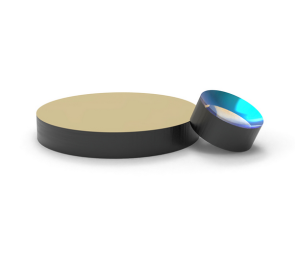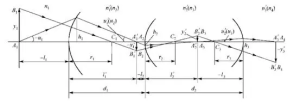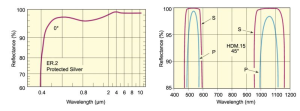When a ray that is very close to the optical axis is incident on an optical surface, the angle of incidence will also be relatively small, meeting the conditions for the small angle approximation discussed above. We refer to the range to which small angle approximation can be applied as the paraxial range. When calculating the light within the paraxial range, small angle approximation can be used to simplify the computational complexity and pave the way for us to explore the overall properties of optical systems. false
Set up an optical system, with each surface sequentially numbered 1, 2, 3,…, and the object plane as the No. 0 surface. If you want to determine the behavior of a light ray, you only need to determine the height y and inclination u of the light ray on each surface. In this article, the combination of the height and inclination is referred to as the state of the light ray.
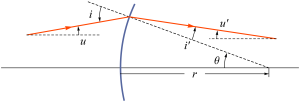
“We use letters without apostrophes to indicate the incoming light from a surface, and letters with apostrophes to indicate the outgoing light. After refracting a surface, the height and inclination of the light can be calculated as follows”

Here, n, n ‘, and r are known quantities related to the surface, where they are recorded as the relative refractive index, and c=1/r is recorded as the surface curvature. We can see that due to the small angle approximation, there is a linear relationship between the states y ‘and u’ of the outgoing light and the states y and u of the incoming light.
Similarly, the change in the state of light before it propagates to the next surface can also be calculated simply. As shown in the figure below, the subscript i is used to represent the ith surface, and the meaning of the apostrophe is the same as before.
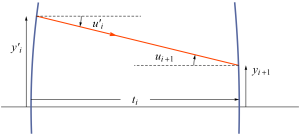
According to the above figure, it is not difficult to list the equation of light propagation:
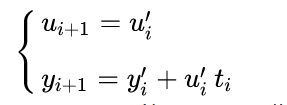
Therefore, starting with surface 0 (object plane), we can repeatedly use the above two equations to calculate and determine the light state of each surface. The above two equations are both linear equations, and the calculation is very simple. Moreover, the calculation process is relatively mechanical and fixed, suitable for computer calculation.

